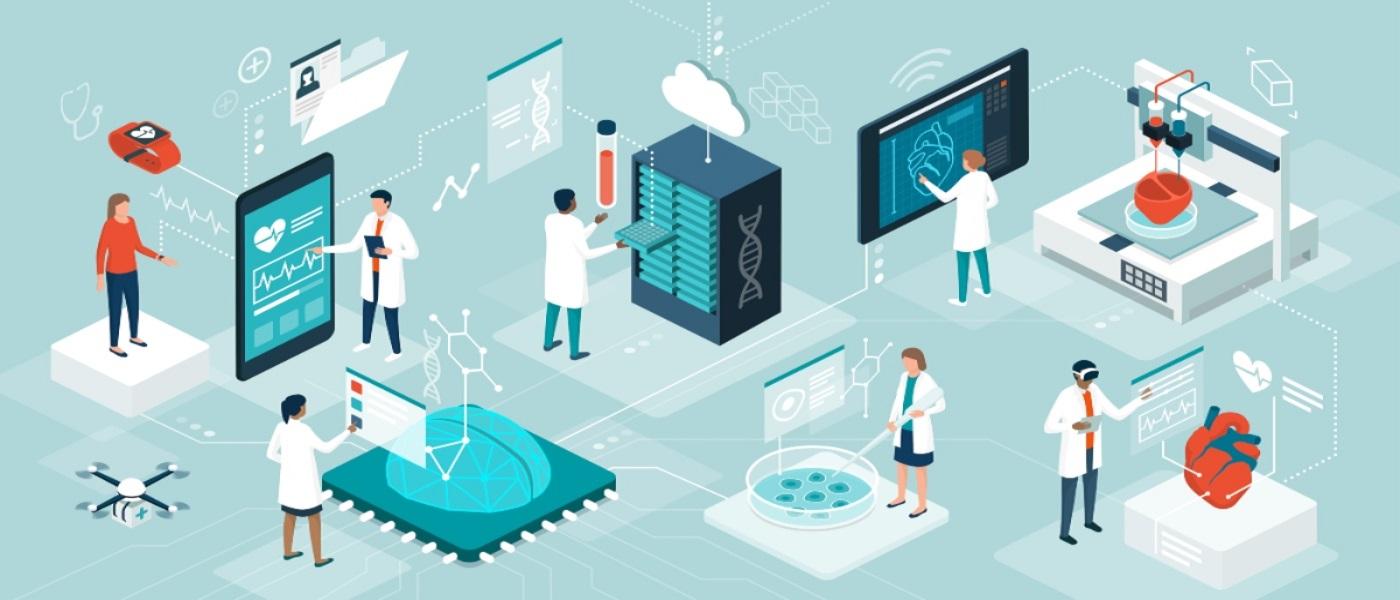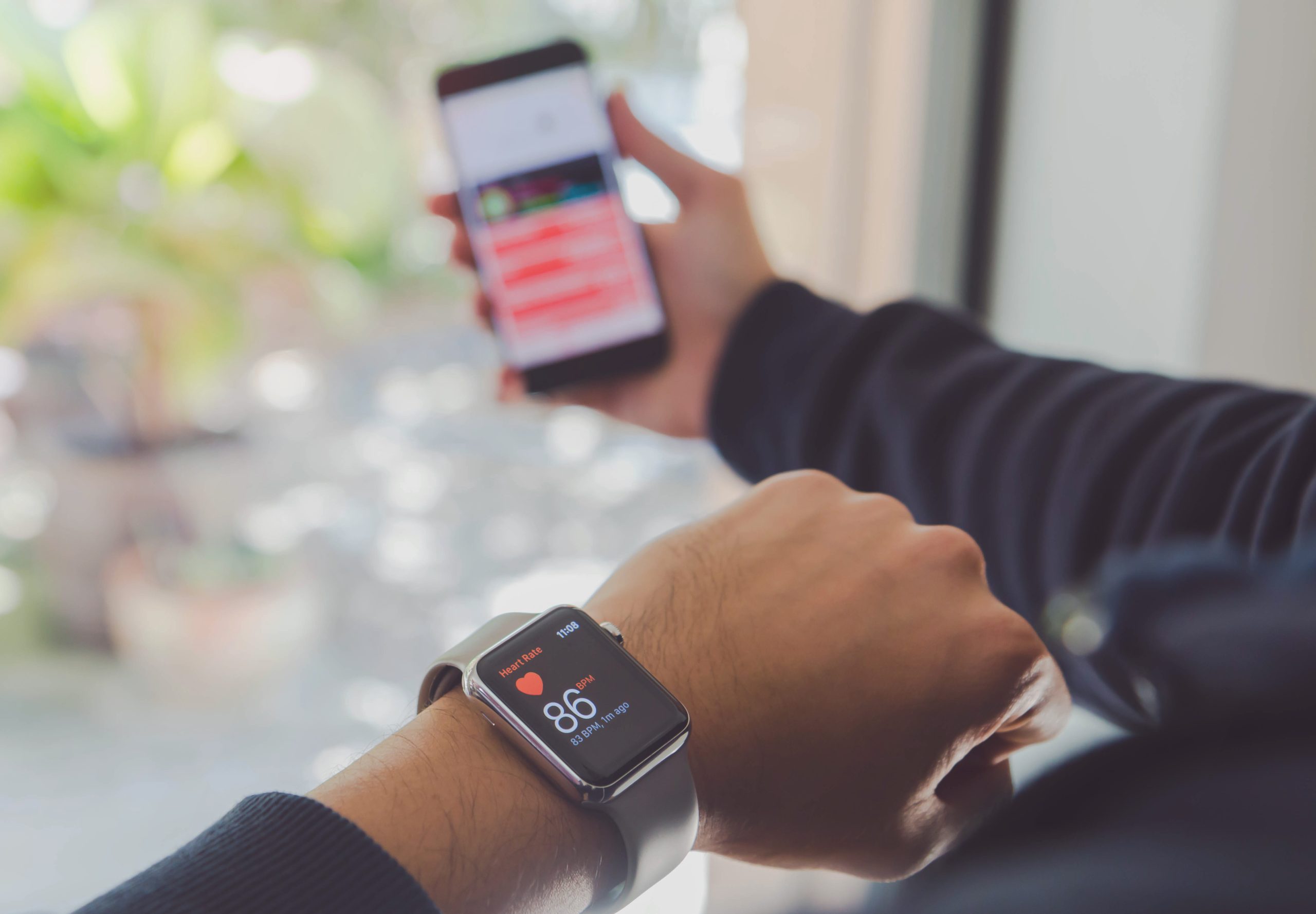
At CareCentrix, we believe that better leveraging data, analytics, and technology will unlock answers to some of healthcare’s most challenging problems.
In response to the current challenges introduced by the Coronavirus pandemic, the CareCentrix data science team recently competed in Lumiata’s Global AI Hackathon virtual event alongside 400 teams including public health experts and machine learning experts, engineers, and health IT professionals. The goal was to develop AI-driven solutions that better equip clinicians and healthcare services companies with the tools needed to respond both to the rapidly-evolving situation on the ground and to the long-term effects of the pandemic.
Our team focused efforts on the major ongoing problems that plagued the healthcare system in the early days of the pandemic: a lack of COVID-19 tests, inadequate amounts of personal protective equipment (PPE), and the dire need for clinical personnel at the right time and right place. We determined that a solution designed to anticipate where COVID-19 cases will arise would be a powerful tool in mitigating these issues for the millions of patients who rely on CareCentrix services each year
After assessing a number of machine learning frameworks, our PhD team and experienced healthcare experts decided to leverage Long Short-Term Memory (LSTM) networks – a form of recurrent deep neural network architecture – to predict next day case count and associated PPE and testing needs. Understanding that healthcare outcomes are driven both by clinical and non-clinical factors, we married the clinical data published daily by Johns Hopkins University, which detail case and death counts for each U.S. county, with geography-specific social determinants of health (SDoH) factors to create a sophisticated model that forecasts daily COVID-19 case counts for several days into the future. These predictions help our clinicians understand where breakouts are likely, ensuring we are able to effectively manage patients in the post-acute setting, who were disproportionately impacted by the crisis.
As a data science team, one of our most important tasks is ensuring that the modeling framework used addresses our key business objectives. There are many modeling frameworks designed for time series forecasting, both traditional and modern. LSTM nodes have a “memory” property that can capture nonlinearities and other subtleties in time series data. We trained the LSTM on case count sequences from every county in the U.S. with 100 or more confirmed cases. Our model captured features of the case count trajectory, including case spikes, inflection points, and other nuances. Understanding that the situation was rapidly evolving, we ensured that this model can be retrained to further increase accuracy as the pandemic continues.
After training and refining the model, we produced a forecaster able to predict next-day case predictions with a mean absolute percentage error of only 2.6 percent. Although prediction quality decreases as the forecast is extended forward in time, we find that increasing the input sequence length reduces this decay in prediction quality. As a result, we expect the value of this tool to increase as the pandemic situation continues to evolve.
At CareCentrix, we continue to innovate to help our patients, providers, and payors during this unprecedented crisis. Alongside a number of additional company efforts targeted at delivering better care, including standing up a robust telehealth offering for patients unable to receive in-person care, the models and frameworks developed during the hackathon will continue to benefit CareCentrix patients for years to come. Data, analytics, and technology lead the home healthcare revolution, and are critical to achieving our vision: a world where anyone can heal and age at home.




